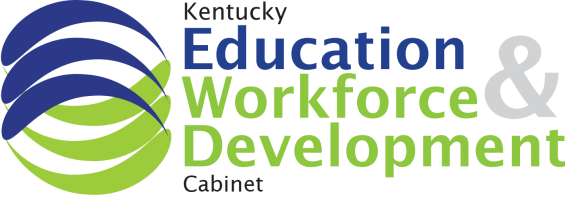
Melissa Dejkunchorn: Solve Problems with 5Ys and an H
Melissa Dejkunchorn (Day-kin-shorn) first learned Lean Six Sigma (LSS) methodologies at Proctor & Gamble and has used them effectively throughout her career to improve processes, manage transitions, and meet corporate goals in challenging situations.
Melissa, whose work experience includes supply chain management and manufacturing, decided to earn her Black Belt from Breakthrough Performance Group in 2016. At the time, she was in transition because the company she was working for was bought out. Melissa felt the LSS certification was important because its terminology and methodology is commonly used across industries. Since the buy-out, Melissa has worked with the new company on several projects to ensure a successful transition.
Melissa says one of the great benefits of LSS is that it puts a process in place for practitioners to gather and think through data so they can identify the issue they need to resolve. Too often she observes, “we humans” want to jump in quickly to fix a problem. We don’t think we have the time to look at data. And that can lead to time and money being spent on ineffective “fixes.”
One of Melissa’s favorite example to illustrate her point happened when she was Overall Operations Manager at a manufacturing facility. A shrink-wrapping machine was jamming regularly and the production team was struggling to meet their required deliverables.
The technical team was working hard to fix the problem. They replaced many parts. Nothing worked for long. From Melissa’s perspective, the focus needed to shift – from fixing the machine to determining the root cause of the problem. When her management team suggested they pay a consultant up to $20,000 to identify the problem, Melissa asked for a chance to apply LSS principles to the situation first. They agreed.
Accompanied by engineers and technicians, Melissa made her way to the manufacturing floor. Approaching the problem “like a two-year-old,” Melissa kept asking simple questions and asking for simple answers (what was the problem; when did it happen). As a result, the problem description was refined – from “machine jamming” to “boxes on the line are not tight enough.” Simple logic led to the conclusion that the problem was related to the tension control for the plastic shrink wrap. That got the technicians to look at a specific part of the machine. There they found the root cause of the problem: A worn out $2 part. Melissa estimates it took four hours to gather and analyze the data – and save up to $20,000.
The 5Ys and an H approach Melissa used on the manufacturing floor is one of her favorite tools. Melissa suggested this approach to a friend, whom she met and got to know during their sons’ gymnastics practice. The friend, a nurse recently promoted to a management role, is charged with implementing and reporting on cost saving projects. The woman found the data collection and analysis daunting. Melissa gave her some Lean tips we can all benefit from, including:
- Always start by identifying what problem are you trying to solve.
- Keep breaking down the data.
- Simplify, categorize, and group data.
- Be able to explain the data in five words or less.
- Summarize the data using Six Sigma tools to show how the problem is solved.
- Keep using the 5Ys and H till you get where you need to be.
Melissa calls this approach “stratifying the data.” And her friend’s results have been so successful, that the hospital she works at is considering implementing some LSS training.
Melissa is currently contemplating “what’s next” for herself. Her contract work with her former employer is coming to an end. And after coaching her friend she realizes the health field is one of many to which her career experience, skills, and LSS expertise can be applied.







